Under the hood: we uncover the design strategy of the new Citroën DS range
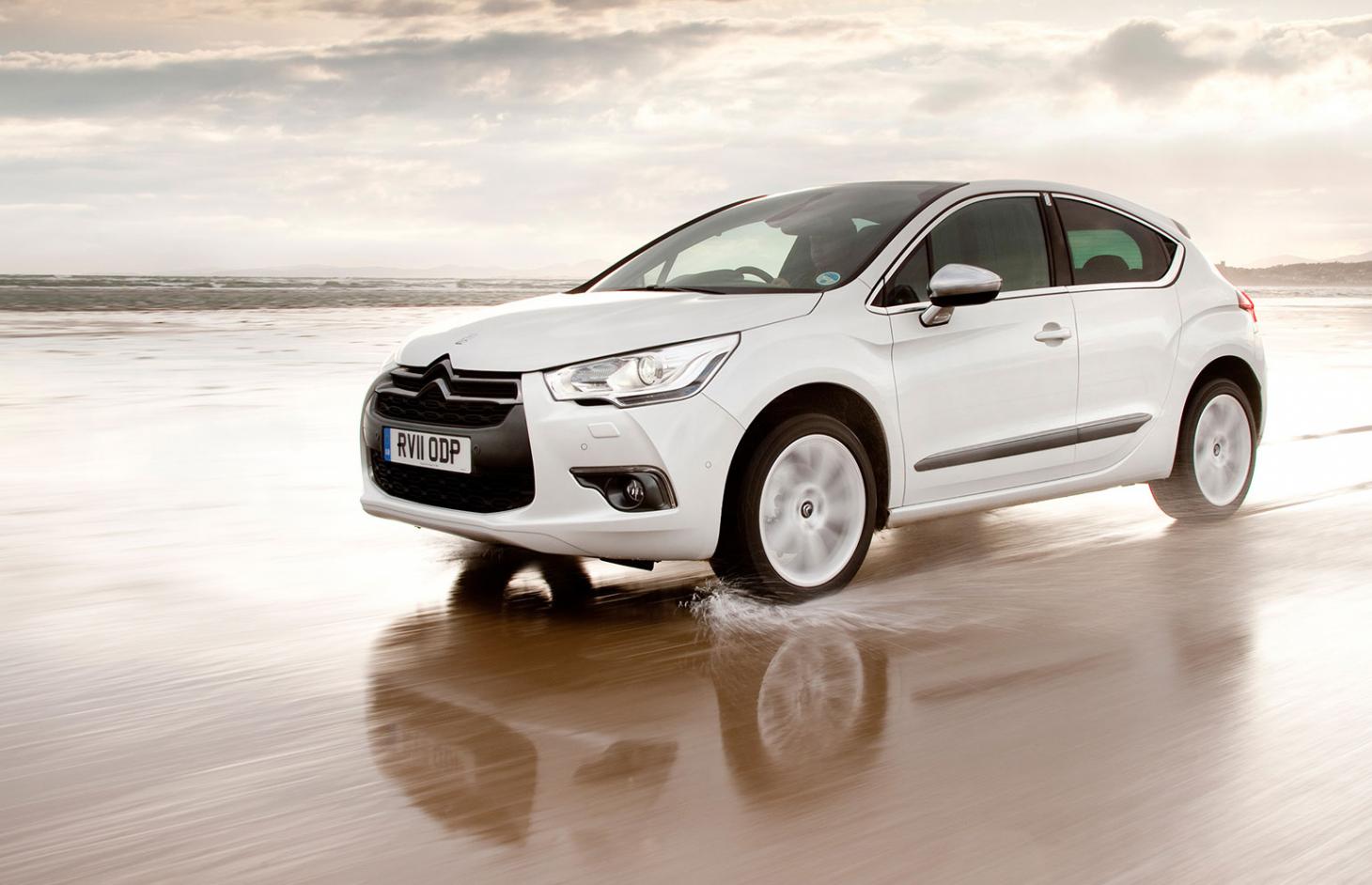
It’s tough to create a car brand from scratch. Citroën’s design-orientated sub-brand, DS, is a case in point. Although it might appear detached from the parent company, its production models are enhanced versions of stock Citroën originals and it takes its name directly from one of Citroën’s most famous models, the DS of 1955. Yet there’s a textbook lesson in here somewhere about the mysterious attributes of brands. How they endure, how they vanish, and how they don’t always mean what you want them to mean.
The DS 4 is modern four-door hatchback. Neatly proportioned, with an above average dose of chrome, it’s not especially remarkable to look at. It followed the first ‘DS’ branded car, the DS 3, a small hatchback that has been a big seller since its introduction back in 2010. Today, neither car – nor the others in the DS line-up – wear the Citroën name anywhere, inside or out. They are designed to stand alone, representing a more upmarket and tailored alternative. A major face-lift has effectively created a new version of the DS 3, while the DS 4 is also substantially changed from its original iteration.
Yet something is missing. The original DS was one of the most iconic pieces of 20th century design – all design, not just car design – so why use it simply to create lightly enhanced versions of standard production cars? The answer lies in economics, rather than design. DS is about building premium volumes, finding that sweet spot established by Mini, then aped by Fiat and others. Transforming a small car into a customisable object of desire increases profits, especially important when the market views your previous stock in trade as less and less desirable. The DS 3 did wonders for the company, but we still feel a little cheated. It’s a nameplate that belongs on an engineering marvel, not an exercise in lightly applied ‘premium’ design.
And the future? At this year’s Geneva Motor Show the company unveiled the new DS E-Tense concept car; beautiful, undeniably, but not a patch on even the most functional Citroën concept study from the 1970s and 80s. If the DS story does nothing else, it reminds us of how hard it is to conjure up a coherent contemporary design strategy from scratch, without relying on retro tropes or trading on past glories. For compared to Mini and Fiat, or even marques like Alfa Romeo and, to a lesser extent, Jaguar, the production DS cars have little or no direct reference to the undeniable design glories of Citroën’s past.
The big Citroëns that followed the DS – the GS, CX, XM and C6 – were glorious pieces of car design. Something of their spirit found their way down into the smallest Citroëns, an idiosyncrasy transplant made most apparent in the original 2CV but also obvious in the Ami and Visa. A doomed partnership with Maserati in the 70s created heroic failures in the form of the massively complex but magnificent SM and Merak models, and led directly to a merger with arch-rival Peugeot. The two French giants continue to share platforms but both gradually lost their Gallic flair as the relationship matured. This loss is most keenly felt by Citroën fans, who are still mourning the slow death of one of motoring’s most individual mass-market brands.
Will DS change all that? Up to now, the name hasn’t hosted much in the way of spectacular design and innovation, although many DS-branded concept cars have made a splash (in fact, the company’s most interesting car of recent years is the self consciously low budget Citroën Cactus). But as noted above, there is nothing remotely wrong with either the DS 3 or DS 4. Each car is competent and sprightly to drive, pleasant to sit in and simple to use. There’s a soft-top version of the DS 3 and a crossover DS4, and as expected, a vast array of optional extras, colours and trim. Even so, there feels like a world of potential still embedded within this brand. Whether it ever manages to escape is a question for the future.
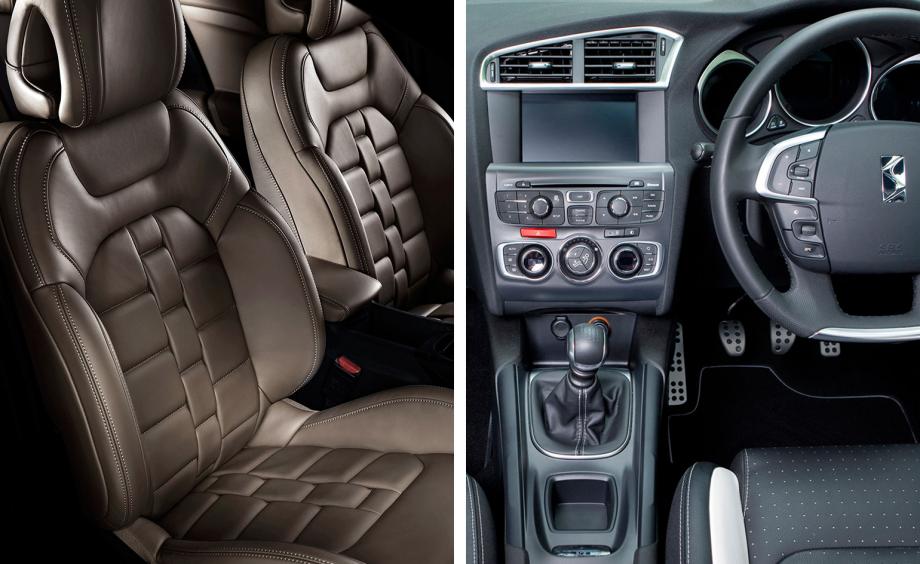
The DS 4 (pictured) is a modern four-door hatchback. Neatly proportioned, with an above average dose of chrome, it’s not especially remarkable to look at

A major face-lift has effectively created a new version of the DS 3, while the DS 4 is also substantially changed from its original iteration. Pictured: the DS 4’s interior

Neither car wears the Citroën name anywhere, inside or out. They are designed to stand alone, representing a more upmarket and tailored alternative. Pictured: the DS 3 Cabrio
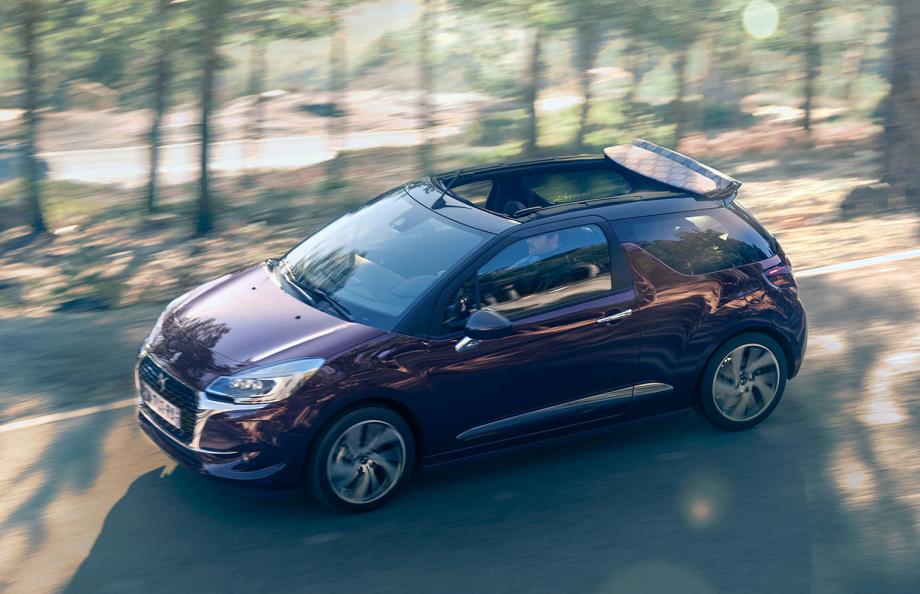
In this way, DS is about building premium volumes, finding that sweet spot established by Mini, then aped by Fiat and others. Pictured: the DS 3 soft-top
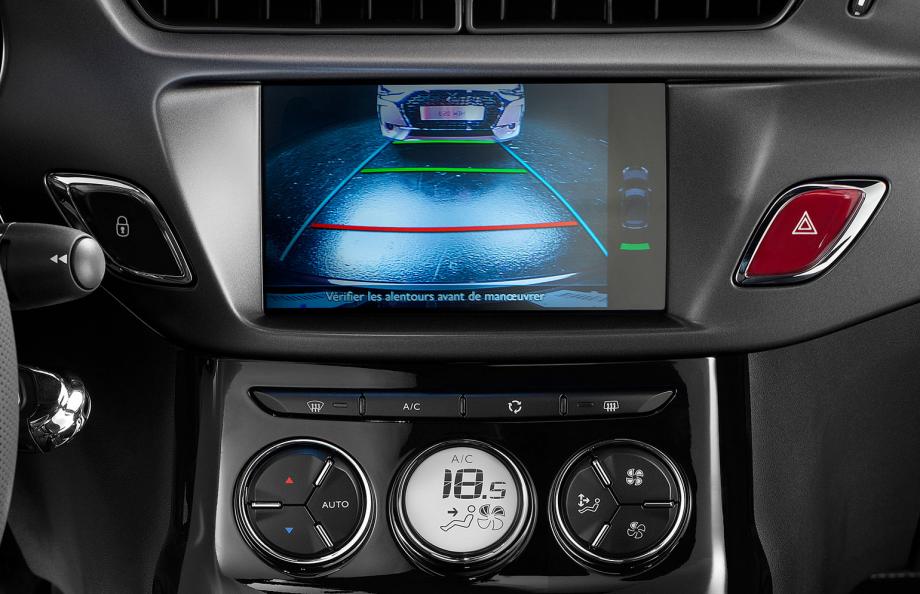
If the DS story does nothing else, it reminds us of how hard it is to conjure up a coherent contemporary design strategy from scratch, without relying on retro tropes or trading on past glories. Pictured: the DS 3’s dashboard

There’s a soft-top version of the DS 3 and a crossover DS 4 – as well as a vast array of optional extras, colours and trim. Pictured: interior of the DS 3
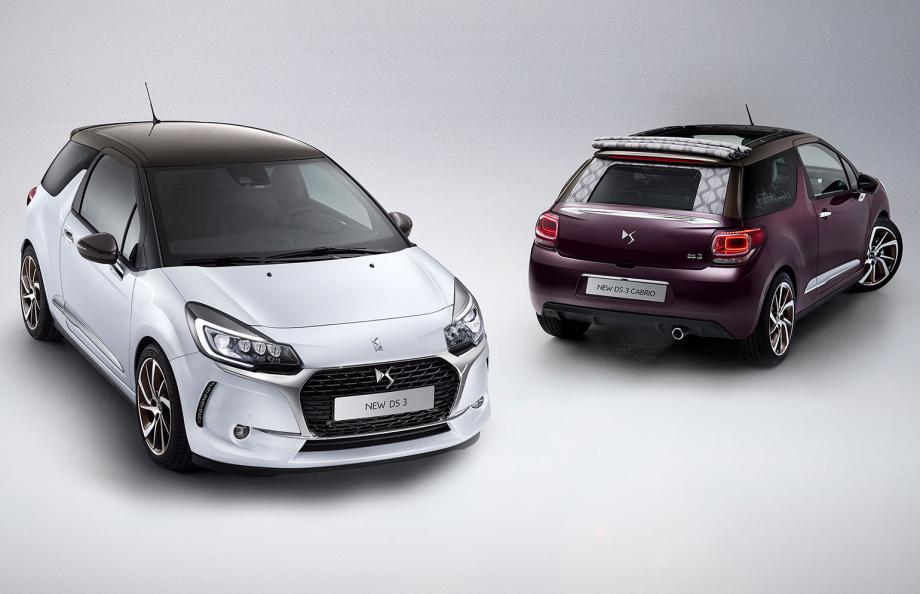
Despite Wallpaper’s critique, there is nothing remotely wrong with either the DS 3 or DS4. Each car is competent and sprightly to drive, pleasant to sit in and simple to use. Pictured: the DS 3 and DS 3 Cabrio

After all, there still feels like a world of potential embedded within the brand
INFORMATION
Receive our daily digest of inspiration, escapism and design stories from around the world direct to your inbox.
DS 3, from £13,295, DS 4, from £19,595. For more information, visit Citroën’s website
Jonathan Bell has written for Wallpaper* magazine since 1999, covering everything from architecture and transport design to books, tech and graphic design. He is now the magazine’s Transport and Technology Editor. Jonathan has written and edited 15 books, including Concept Car Design, 21st Century House, and The New Modern House. He is also the host of Wallpaper’s first podcast.
-
 ‘I want to bring anxiety to the surface': Shannon Cartier Lucy on her unsettling works
‘I want to bring anxiety to the surface': Shannon Cartier Lucy on her unsettling worksIn an exhibition at Soft Opening, London, Shannon Cartier Lucy revisits childhood memories
-
 What one writer learnt in 2025 through exploring the ‘intimate, familiar’ wardrobes of ten friends
What one writer learnt in 2025 through exploring the ‘intimate, familiar’ wardrobes of ten friendsInspired by artist Sophie Calle, Colleen Kelsey’s ‘Wearing It Out’ sees the writer ask ten friends to tell the stories behind their most precious garments – from a wedding dress ordered on a whim to a pair of Prada Mary Janes
-
 Year in review: 2025’s top ten cars chosen by transport editor Jonathan Bell
Year in review: 2025’s top ten cars chosen by transport editor Jonathan BellWhat were our chosen conveyances in 2025? These ten cars impressed, either through their look and feel, style, sophistication or all-round practicality
-
 SM Tribute by DS Automobiles marks ten years of the brand and signals bold things to come
SM Tribute by DS Automobiles marks ten years of the brand and signals bold things to comeThis spectacular concept car pays homage to one of the most iconic Citroën designs of all time, the 1970 SM by Robert Opron
-
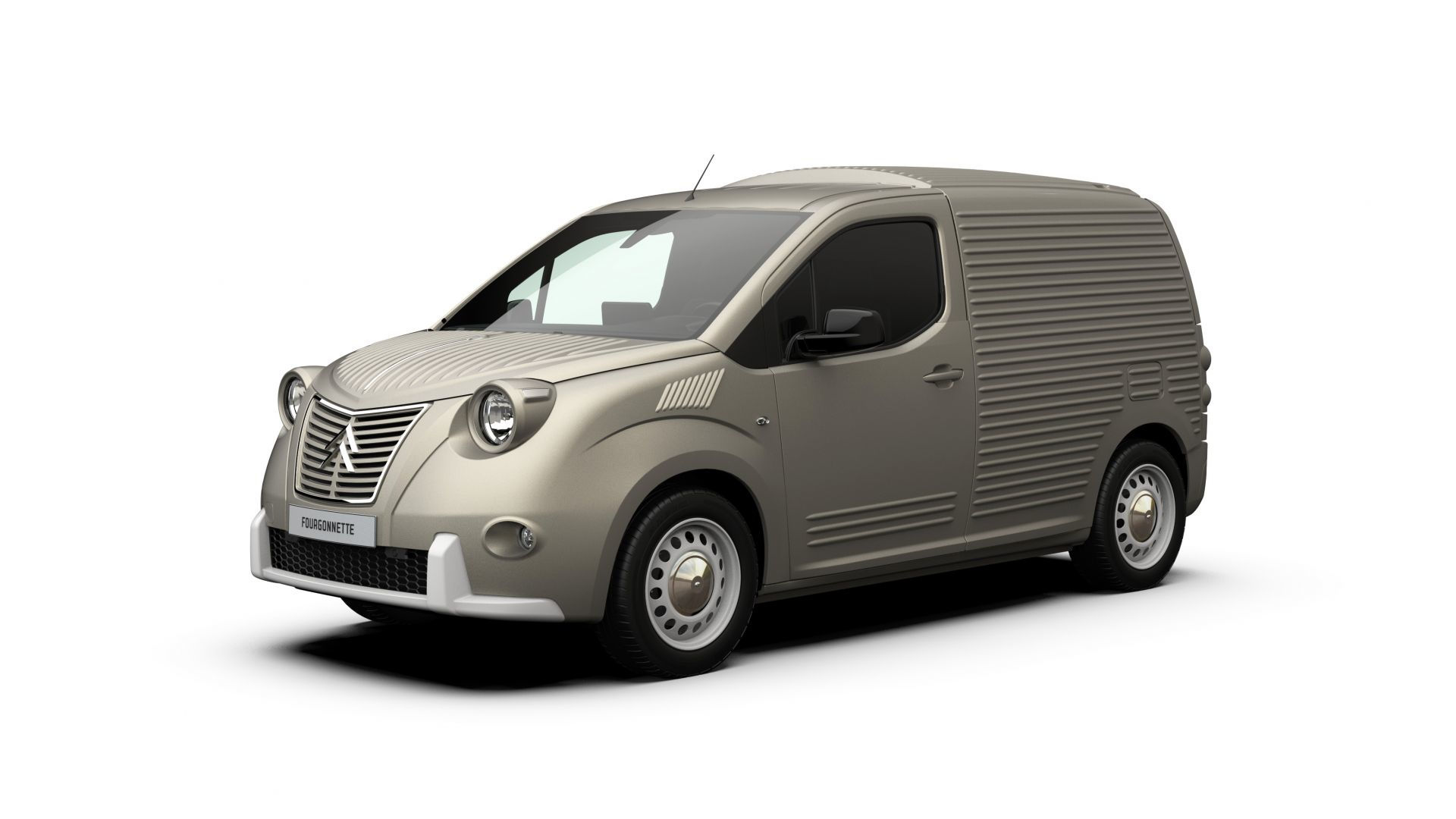 Carrosserie Caselani’s Fourgonnette is a retro van for bold businesses
Carrosserie Caselani’s Fourgonnette is a retro van for bold businessesThis updated Fourgonnette, inspired by the legendary Citroën 2CV, cloaks a conventional Citroën commercial vehicle in a stylish retro skin
-
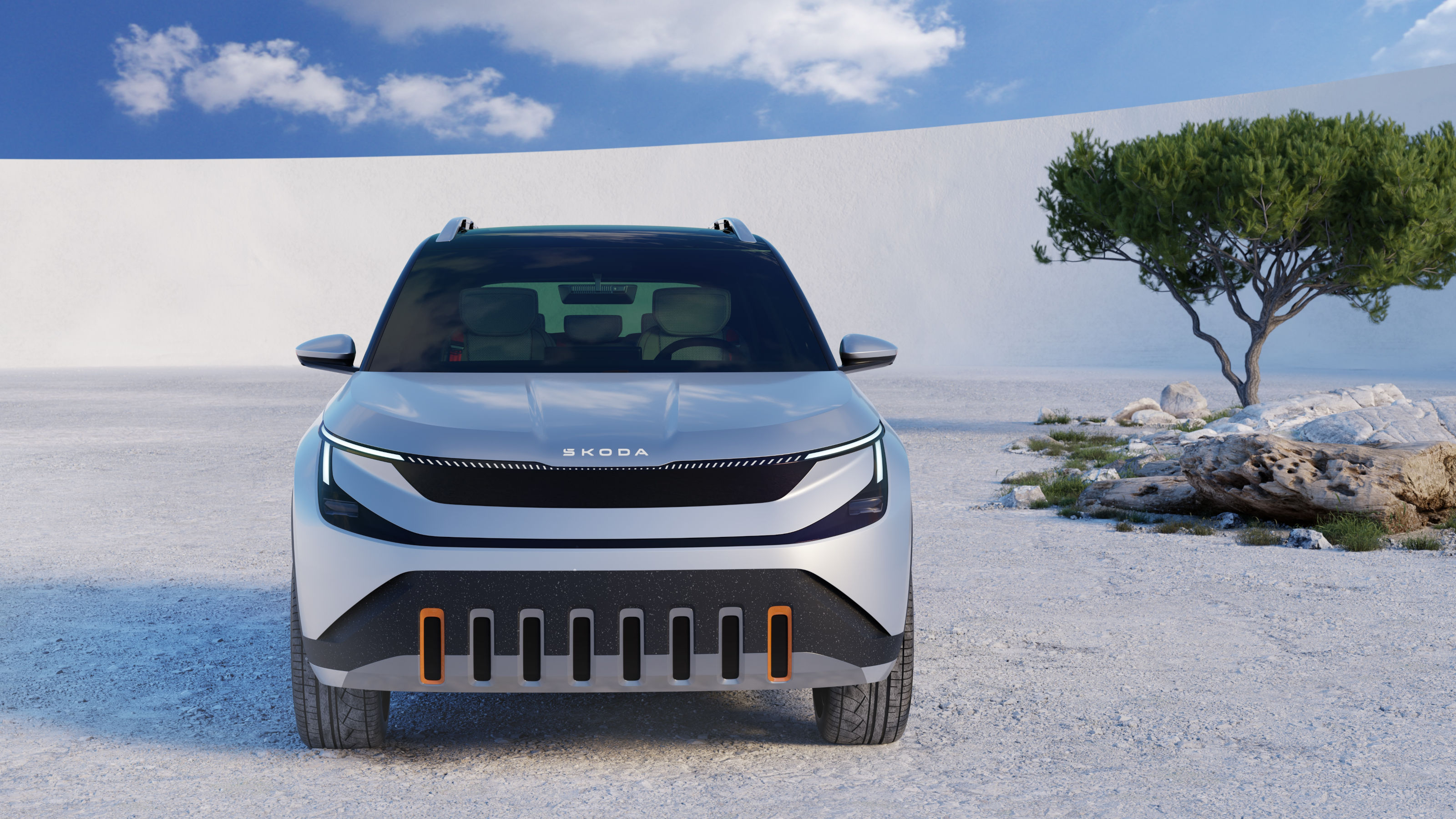 Coming soon: a curated collection of all the new EVs and hybrids that matter
Coming soon: a curated collection of all the new EVs and hybrids that matterWe've rounded up new and updated offerings from Audi, Porsche, Ineos, Mini and more to keep tabs on the shifting sands of the mainstream car market
-
 Microcar madness: three new ultra-compact electric city cars
Microcar madness: three new ultra-compact electric city carsThese two-seater electric microcars are the ultimate errand machines, designed for short hops and small spaces, all with a minimal footprint
-
 24 transportation design innovations for 2024
24 transportation design innovations for 2024From electric cars to new airports and sports boats, here’s a non-exhaustive list of 24 of the most interesting transportation design innovations to expect in the coming year
-
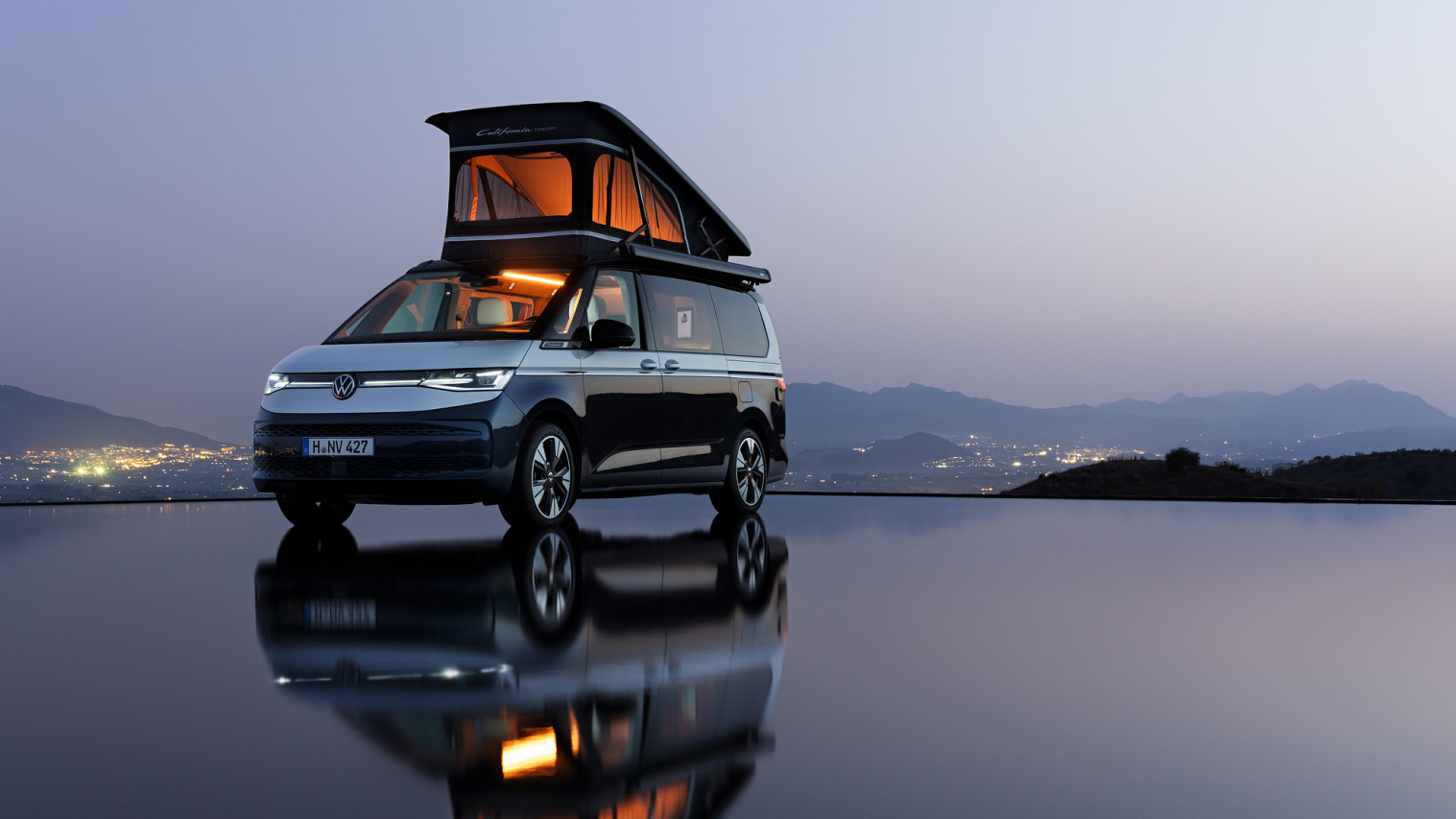 Four new compact camper vans showcase the best in modest mobile home design
Four new compact camper vans showcase the best in modest mobile home designVolkswagen, Citroën, Ford and Mercedes-Benz showcase their latest takes on contemporary van living
-
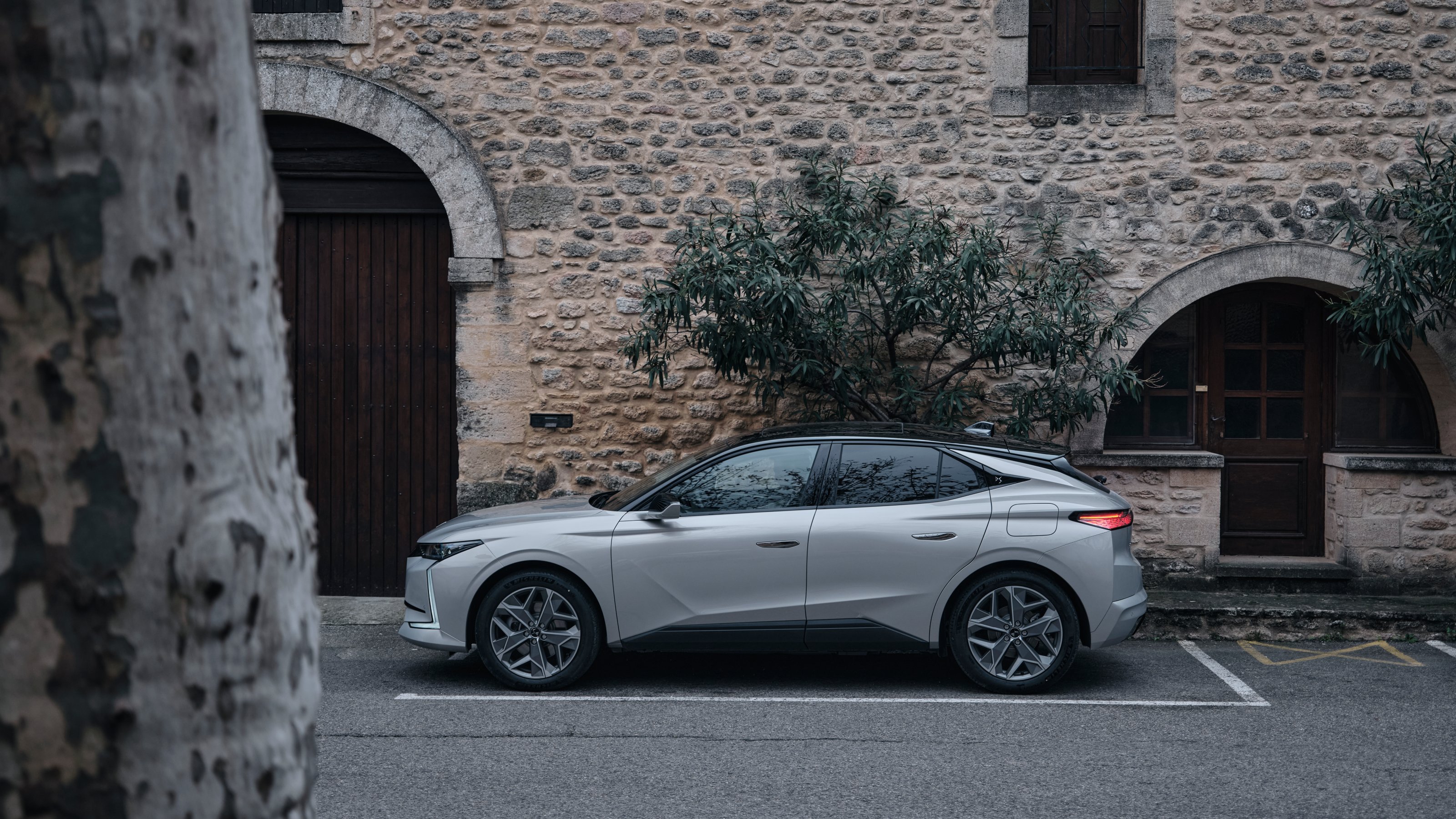 The DS 4 exemplifies mass-market luxury, cramming features and frivolity into an excellent all-rounder
The DS 4 exemplifies mass-market luxury, cramming features and frivolity into an excellent all-rounderDS Automobiles finds its form with the DS 4, a mid-range hybrid with a smart mix of driving refinement and design eccentricity
-
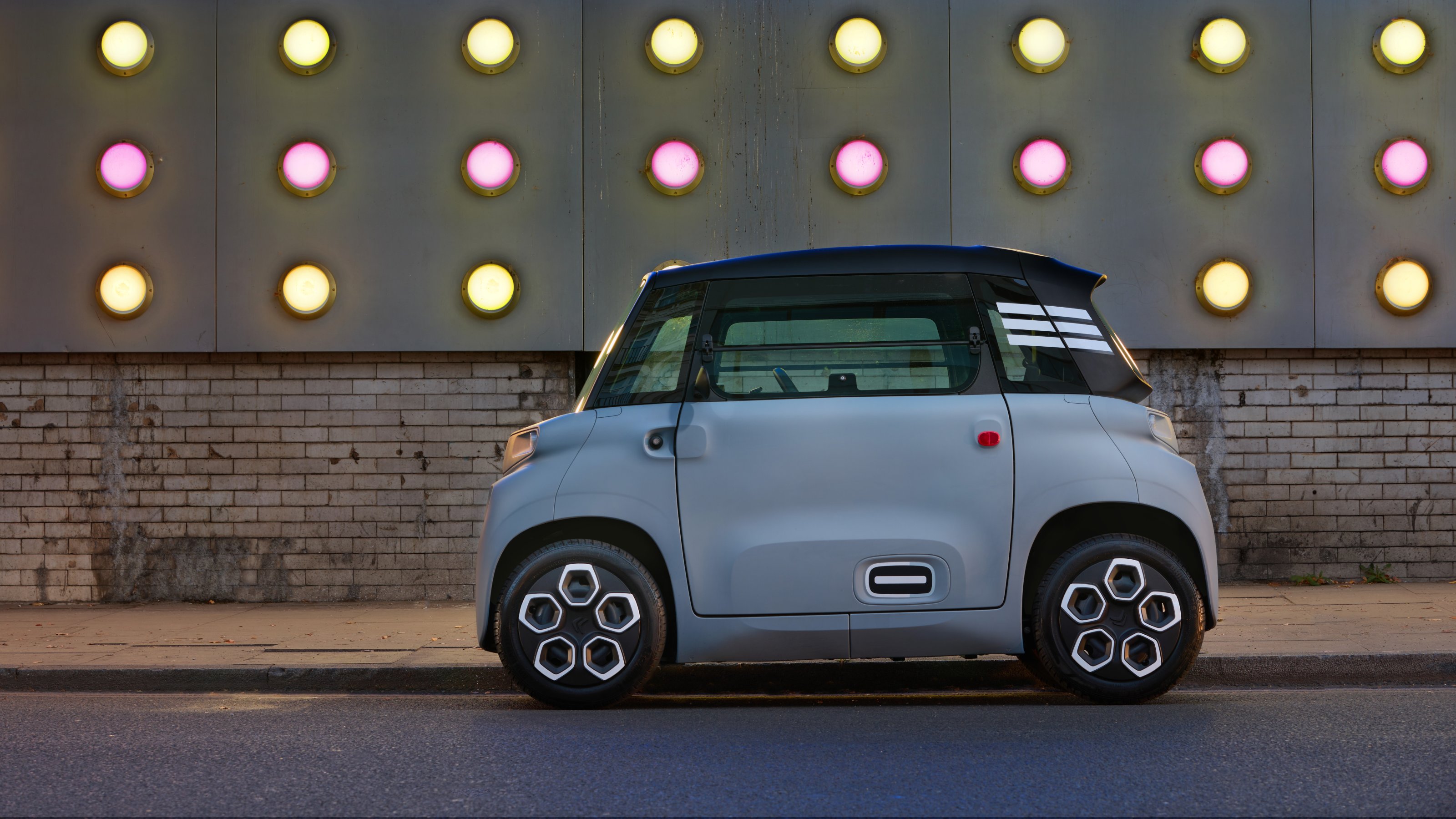 All hail the small scale: Wallpaper* takes a trip inside Citroën’s diminutive new Ami
All hail the small scale: Wallpaper* takes a trip inside Citroën’s diminutive new AmiThe Citroën Ami is small but perfectly formed, albeit a little rough around the edges. For short city hops, it’s hard to beat